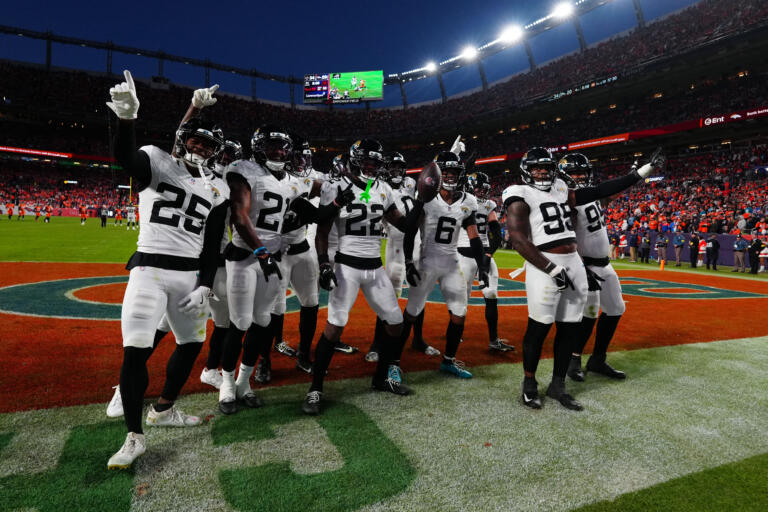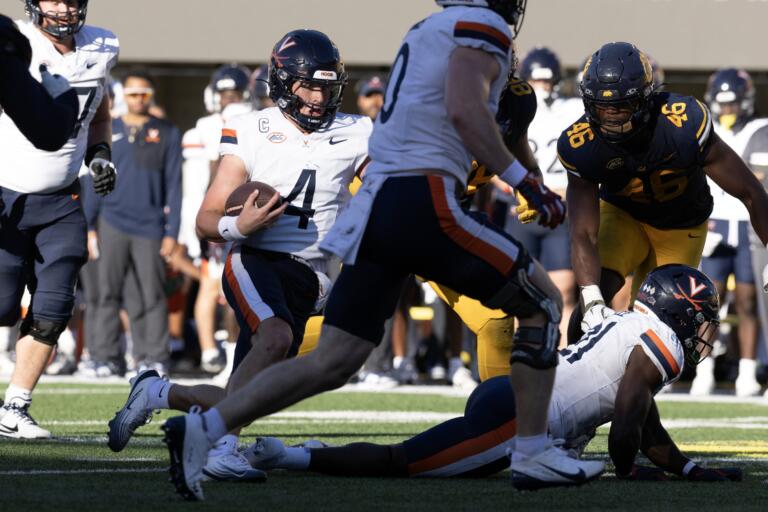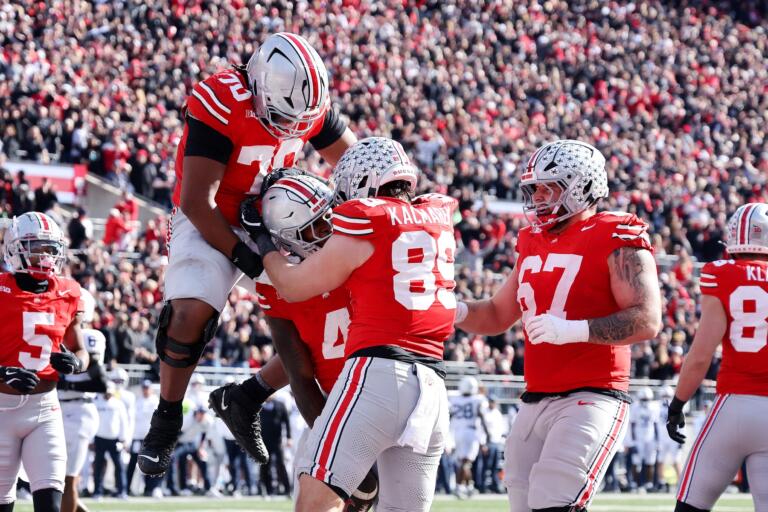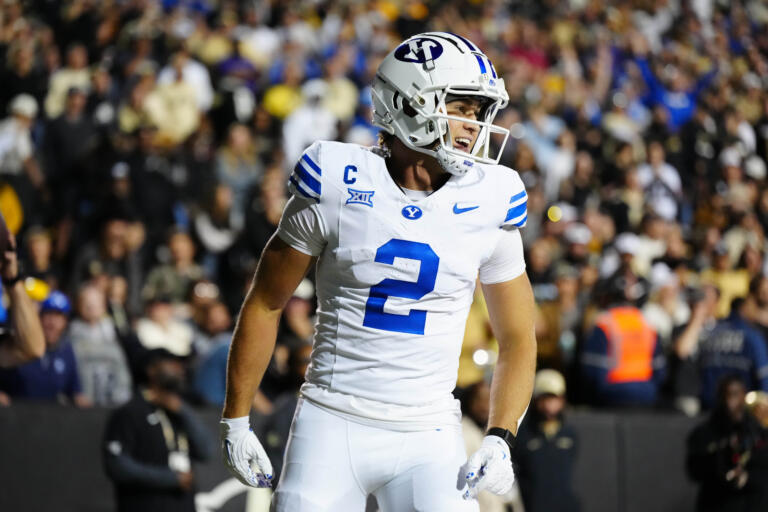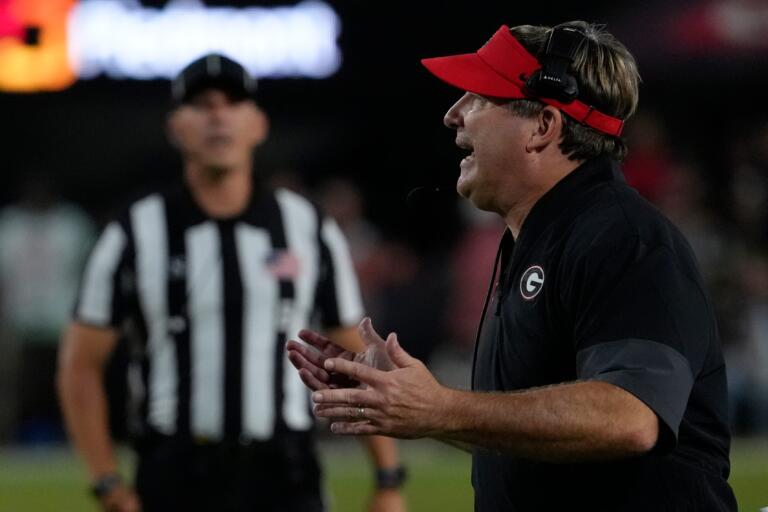How The Shortened Transfer Window Influences College Recruitment Dynamics
In the ever-competitive world of college sports, the recruitment process is a high-stakes endeavor that forms the bedrock of a program’s future success. The recent decision by the NCAA Division I council to shrink the transfer window from 60 days to 45 days is poised to add a fresh layer of intensity to this crucial process. This change ushers in a tighter race against the clock, as colleges jostle to secure the best talent to bolster their ranks. As the window of opportunity narrows, the dynamics of recruitment are set to witness a significant shift, potentially fueling a more aggressive recruitment strategy among colleges.
One of the immediate implications of the shortened transfer window is the heightened urgency it instills in both the athletes and the recruiting colleges. Athletes now have 15 fewer days to showcase their talents and negotiate terms, while colleges have less time to evaluate, woo, and secure commitments from prospective transfers. This situation might foster a more fast-paced, aggressive approach from colleges keen on not missing out on top talents. The recruitment battleground is set to become a whirlwind of fervent pitches, negotiations, and decisions made under the pressure of a ticking clock.
Moreover, the truncated timeframe might necessitate a more proactive and assertive outreach strategy from college recruitment teams. There’s a likelihood that colleges might ramp up their initial outreach and follow-up efforts, employing more persuasive tactics to ensure they remain the top choice for sought-after athletes. The competition could see colleges offering more enticing packages upfront, showcasing their best attributes from the get-go, and possibly engaging in a bidding war of sorts to secure prized athletes.
Furthermore, the ripple effect of this change could extend to the tactical aspect of recruitment. With less time to deliberate, the precision in targeting the right athletes who fit the program’s ethos and needs becomes paramount. Recruitment teams might need to hone their evaluation and decision-making processes to ensure they’re zeroing in on the right prospects swiftly and effectively. This scenario leaves little room for indecisiveness or errors, setting the stage for a high-stress, high-reward recruitment arena.
Additionally, the new rule might also impact the level of engagement between prospective transfers and college coaches. The condensed window could foster a more direct, candid exchange as both parties seek to make the most out of the limited time. This situation could bode well for creating clearer understandings and expectations between athletes and their prospective programs.
However, the aggressive race to snap up talents might also harbor pitfalls. The risk of hasty decisions, on both ends, looms large. Colleges might overlook red flags in a bid to secure a promising athlete quickly, while athletes might feel pressured into committing without thoroughly vetting their options. The frenzied pace of this recruitment race might also raise concerns about ethical recruitment practices, ensuring fairness and transparency remain at the forefront.
In conclusion, the NCAA’s decision to shorten the transfer window is a game-changer that’s bound to recalibrate the mechanics of college recruitment. As colleges adapt to the tighter timeframe, the recruitment strategies are likely to lean towards a more aggressive, proactive approach. While this shift could invigorate the competitive spirit inherent in college sports recruitment, it also beckons a vigilant eye on ensuring the process remains fair, transparent, and in the best interest of the athletes at the heart of it.




